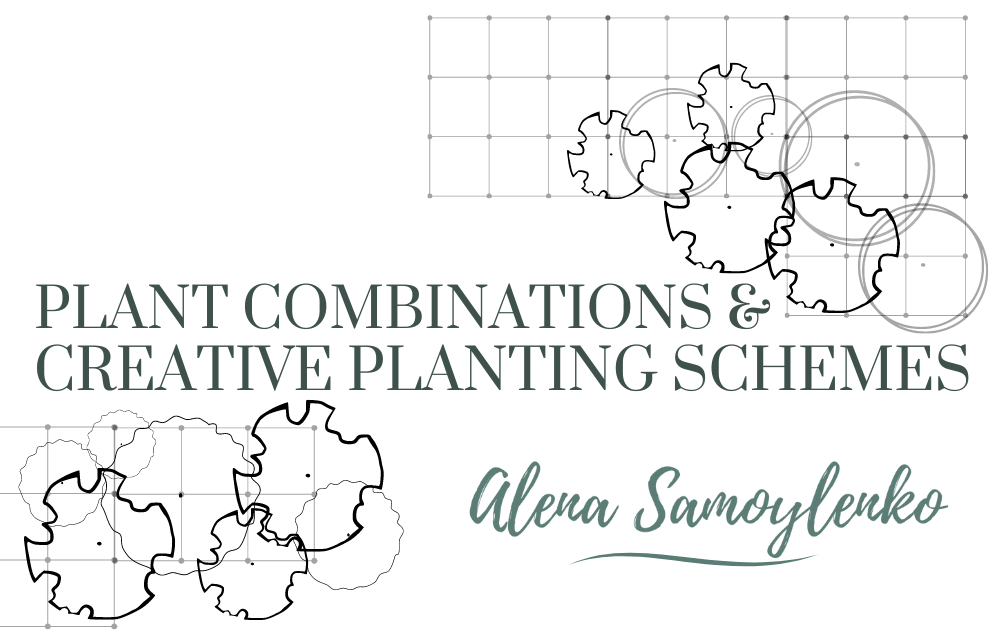Today, I’d like to share two easy yet effective planting schemes using Pinus mugo ‘Mops’. Among dwarf pines, this variety is a favorite of mine due to its dense, rounded cushion of dark green needles, which remain attractive for most of the year.

While Pinus mugo can tolerate partial shade, it truly shines in a sunny, open space, especially when surrounded by other sun-loving perennials and ornamental grasses. Although this pine grows slowly, reaching about 60 cm in height and 90 cm in width over 10 years, I typically allow for a mature size of 100-120 cm in height and 120-150 cm in width in my designs. Even though you can control its size through annual pruning, these dimensions are realistic for the long term.
When planning a group of Pinus mugo ‘Mops’, I space them about 1 – 1.2 meter apart. Even if the plants are small initially, leaving this distance will allow them to grow without crowding. To keep the composition interesting in the early years, you can fill the gaps with low-growing grasses, groundcovers, or perennials. As the pines mature, you can relocate these companion plants to other parts of your garden or share them with friends.

For a simple and harmonious design, I find ornamental grasses to be the perfect complement to pines. Here are two planting schemes I often use:
- Pines with Stipa and Perennials
In the first scheme, I use Stipa gigantea ‘Goldilocks’ as a background plant, Stipa tenuissima ‘Pony Tails’ in the middle layer, and a mix of lavender and Sedum ‘Matrona’ in the foreground. This combination of hardy plants adds year-round interest and works beautifully in sunny areas.

- Pines with Heather and Grasses
In the second scheme, I pair Pinus mugo ‘Mops’ with large rocks for a natural look. The late-season highlight comes from masses of Calluna vulgaris ‘Dark Beauty’. Sesleria autumnalis also pairs well with the pines, and for a touch of contrast, I add Allium ‘Red Mohican’ for small pops of color in June. In the background, Calamagrostis acutiflora ‘Karl Foerster’ serves as a tall, graceful screen.

I hope these examples inspire you to explore companion plants for Pinus mugo ‘Mops’ and create beautiful, lasting compositions in your garden!





Leave a Reply